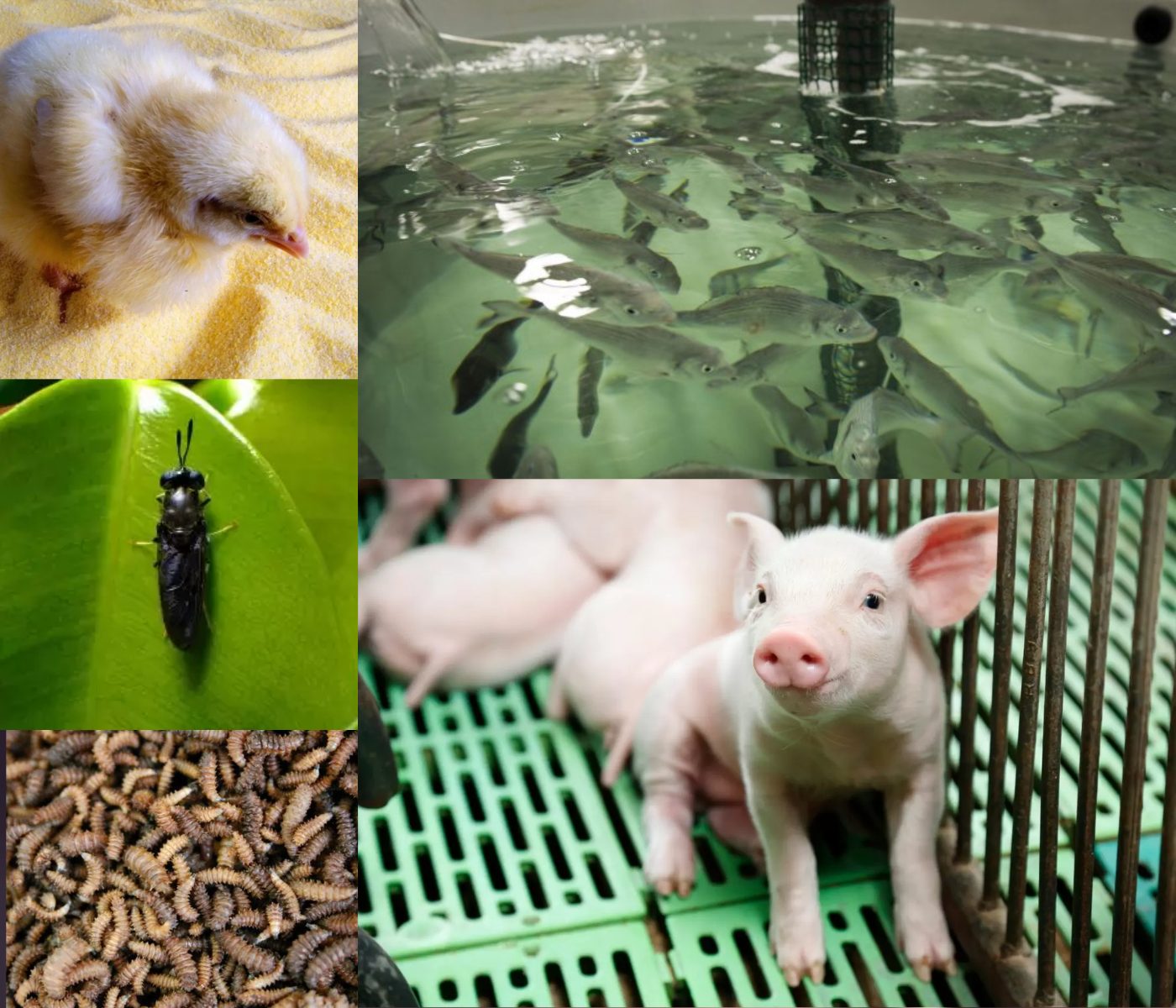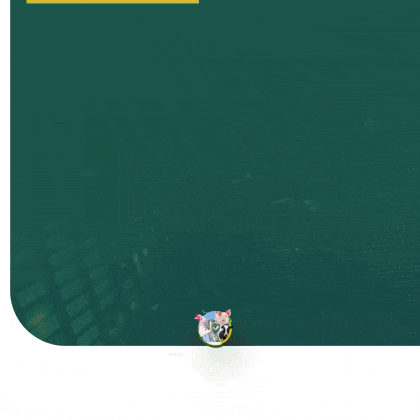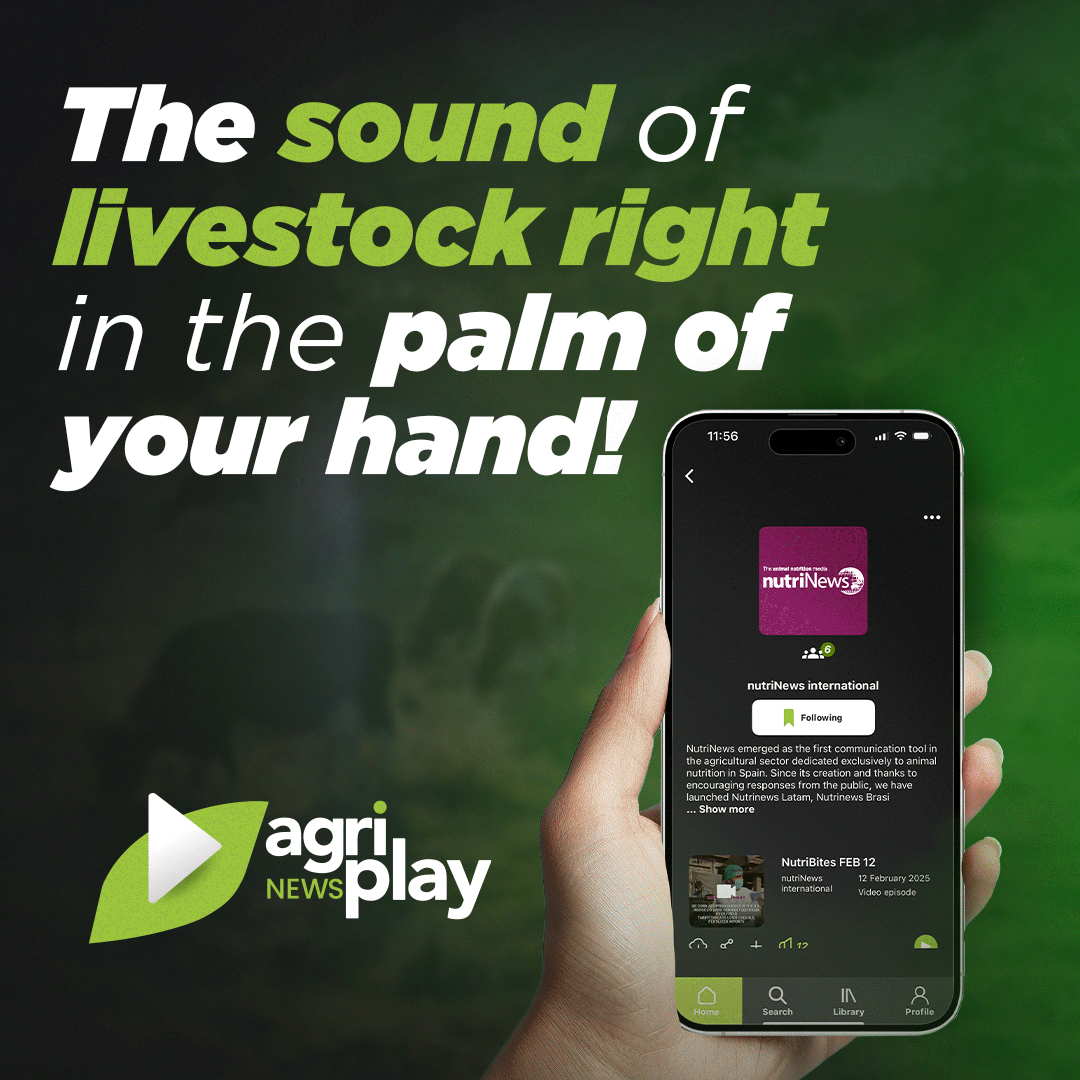Black Soldier Fly (Hermetia illucens) Larvae in Livestock Diets
Introduction to Black Soldier Fly Larvae
The black soldier fly (Hermetia illucens, BSF) has received significant attention in the past decade or more due to the capacity of the larvae to upcycle low-value feed inputs and divert those inputs from landfills or other less sustainable options. Additionally, BSF is found on all continents except Antarctica and is thus not considered an invasive species. They present little risk of zoonotic disease and can actually reduce the presence of harmful bacteria and houseflies in various substrates. This insect is highly environmentally sustainable, requiring mere fractions of the inputs (feed, land, water, energy) used to produce traditional animal-based ingredients and emitting far fewer greenhouse gases.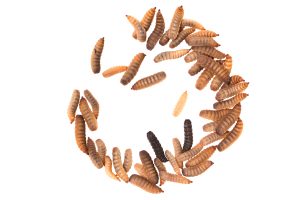
Figure 1. Average greenhouse gas emissions (CO2-e/kg edible protein) for traditional animal-based and novel insect-based edible protein fractions*.
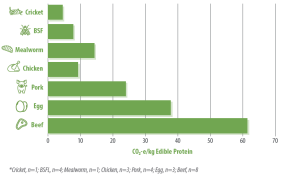
The finished products of BSF larvae (BSFL) rearing include: (a) whole dried BSFL, (b) partially defatted, protein-rich BSFL meal, and (c) BSFL oil (Fig. 2). BSFL-based ingredients are becoming widely accepted and utilized in both livestock feeds and pet foods. The nutrient composition of BSFL ingredients is shown in Table 1.
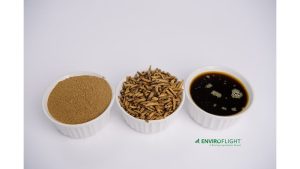
Figure 2. EnviroFlight’s BSFL-derived ingredients: EnviroMeal, EnviroBug, and EnviroOil.
Table 1. Nutrient composition and AA digestibility (in parentheses) of three BSFL ingredients.
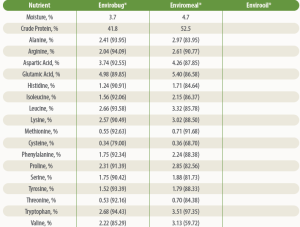
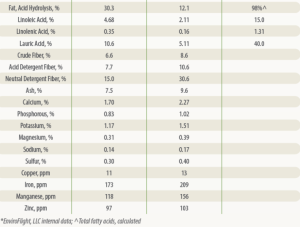
U.S. Regulatory Status
The Association of American Feed Control Officials (AAFCO) has defined whole-dried BSFL, ground-defatted BSFL, and BFSL oil for use in multiple species, including poultry, swine, and salmonids (Table 2). In the United States, BSFL themselves must be fed AAFCO-defined or GRAS ingredients. Therefore, the use of pre-consumer by-products is much more common than the use of post-consumer by-products, which may require more attention to risk mitigation.
Table 2. AAFCO feed ingredient definitions for BSFL ingredients.
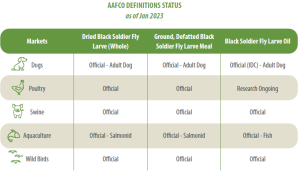
Nutritional Applications
BSFL ingredients can be used in swine, poultry, aquaculture, and companion animal diets as an effective alternative to traditional protein and lipid ingredients. Little research has examined the use of these ingredients in cattle or other ruminants, although work in this area is currently underway.
In broilers, BSFL meal, up to 20% of the diet, and BSFL oil, up to 100% of the dietary added fat, maintained growth performance and carcass characteristics similar to control birds fed commercial diets. In layers, performance and egg quality were maintained or improved with BSFL meal, BSFL oil, or whole-dried BSFL inclusion in the diet. Taste and consumer acceptance were improved with 5% BSFL meal inclusion, and egg yolk pigmentation was enhanced by adding 16% BSFL meal or 4.5% BSFL oil (replacing soybean meal and oil sources).
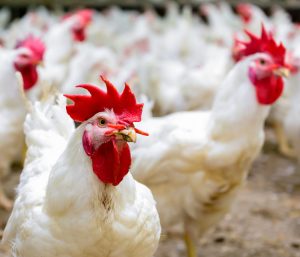
In nursery pigs fed 5-19% BSFL meal, growth performance and feed efficiency were similar to soybean meal controls. Additionally, feed intake was improved with BSFL meal inclusion, presenting the opportunity to enhance intake in this critical post-weaning period. Similar results have been demonstrated in growing pigs, and standard ileal amino acid digestibility was similar for diets containing BSFL meal (full fat or partially defatted) as compared to animal proteins and soybean meal diets. In finishing pigs, less research has been conducted, but 4% BSFL meal improved ADG and feed efficiency compared to soybean meal and oil-fed counterparts. Additionally, there was no impact on carcass characteristics.
In aquaculture species, BSFL ingredients have also shown efficacy. Pacific white shrimp (Litopenaeus vannamei) fed BSFL meal up to 28% of the diet (replacing menhaden fishmeal) had improved growth rates. Similarly, Atlantic salmon (Salmo salar) and Rainbow trout (Oncorhynchus mykiss) fed diets with total fishmeal replacement by BSFL had similar or improved growth performance, with no negative impact on fillet sensory qualities.
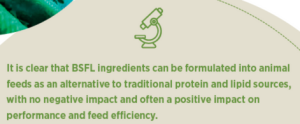
Value-Added Components of BSFL Ingredients
In addition to nutritional benefits, BSFL-derived ingredients can offer additional value in animal feed programs due to the presence of anti-microbial peptides, chitin, and lauric acid.
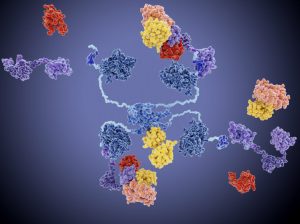
Antimicrobial peptides (AMPs) form the basis for the insect’s own immune system and affords BSFL with a mechanism to reduce their exposure and risk of pathogens, including viruses, bacteria, and fungi. AMPs are tiny molecules, which makes them resistant to degradation by heat. Therefore, activity is expected to be maintained during the processing of these ingredients and after their inclusion in animal feeds. Interestingly, the feedstock and husbandry of BSFL can impact the type and quantity of AMPs expressed. Hence, there is likely variability in the activity of BSFL ingredients depending on their source.
Chitin is a component of the insect exoskeleton and may act as a prebiotic and beneficially modulate the gut microbiome. Additionally, chitin may directly or indirectly prime the immune system and improve resistance or resilience to immune challenges.
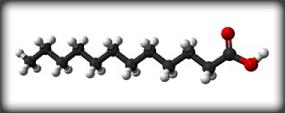
Lauric acid is a 12-carbon medium-chain fatty acid (MCFA) commonly sourced from coconut and palm oils. It is also a significant component of BSFL oil and has a wide array of antimicrobial potential. As with AMPs, lauric acid levels can vary based on the feedstock used during BSFL rearing. Lauric acid may also provide a more readily available energy source than other common fat sources. The short chain length reduces the need for lipolysis before being absorbed by intestinal cells. This trait makes lauric acid an excellent energy source, particularly for young animals whose gut function is not yet mature and for animals with aged or compromised gut function.
In newly weaned pigs, BSFL oil improved growth as compared to piglets-fed poultry fat. BSFL oil decreased gut inflammation in rainbow trout compared to soybean oil-fed trout. Similarly, BSFL oil decreased the levels of harmful bacteria and associated inflammatory markers in turkeys as compared to poults-fed soybean oil.
The protein-rich BSFL meal, in addition to whole dried BSFL, will contain all three of these components and may provide the opportunity to optimize the health of production and companion animals. In broiler chicks, 1-3% whole dried BSFL was associated with increased survival rates in response to a fowl typhoid challenge. Similarly, Beagles supplemented with 1-2% BSFL meal had increased anti-inflammatory and antioxidant capacity compared to dogs fed no BSFL meal.
U.S. BSFL Production
There are several producers of BSFL in the United States. EnviroFlight (a brand of Darling Ingredients, NYSE:DAR) opened its doors in 2009 and, in 2018, opened the first commercial-scale U.S. BSFL production facility. Situated in Maysville, KY, EnviroFlight operates over 200,000 ft2 of breeding, growing, and processing operations and currently supplies whole dried BSFL (EnviroBug), BSFL meal (EnviroMeal), and BSFL oil (EnviroOil) to the U.S. and Canadian markets. In 2022, EnviroFlight opened a new Innovation Center in Apex, NC (Fig. 3). This facility serves as the R&D hub for researchers focused on BSFL genetics, immunology, nutrition, reproductive physiology, and food science.
The North American Coalition for Insect Agriculture (NACIA) is the trade organization representing: (a) insect producers, (b) manufacturers of food, animal feed, and pet foods that contain insects, (c) manufacturers of products for soil health, and plant nutrition, as well as (d) researchers from both industry and academia. NACIA is currently working to improve the regulatory environment in North America, connect members with industry stakeholders, and inform key stakeholders about the potential for insects to provide environmentally sustainable, highly nutritious ingredients that can be produced as a part of circular and regenerative agriculture.
For more information, visit www.NACIA.org.

Figure 3. EnviroFlight’s Innovation Center, located in Apex, North Carolina, opened in May 2022.
For further reading on the above discussions, please reference the following published papers:
- AMP, chitin, and lauric acid
- Koutsos, E., Freel, T., & Modica, B. (2022). Immunomodulatory potential of black soldier fly larvae: Applications beyond nutrition in animal feeding programs. Translational Animal Science, 6.
- Swine data
- van Heugten, E., Martinez, G., McComb, A., & Koutsos, L. (2022). Improvements in performance of nursery pigs provided with supplemental oil derived from black soldier fly (Hermetia illucens) larvae. Animals, 12, 3251.
- Aquaculture data
- Fawole, F. J., Labh, S. N., Hossain, S., Overturf, K., Small, B. C., Welker, T. L., Hardy, R. W., & Kumar, V. (2021). Insect (black soldier fly larvae) oil as a potential substitute for fish or soy oil in the fish meal-based diet of juvenile rainbow trout (Oncorhynchus mykiss). Animal Nutrition, 7, 1360-1370.
- Modica, B. (2022). Insects in aquaculture feed: Nutrition and beyond. AquaFeed, 14(1).
- Sustainability data and EnviroFlight, LLC: enviroflight.net

